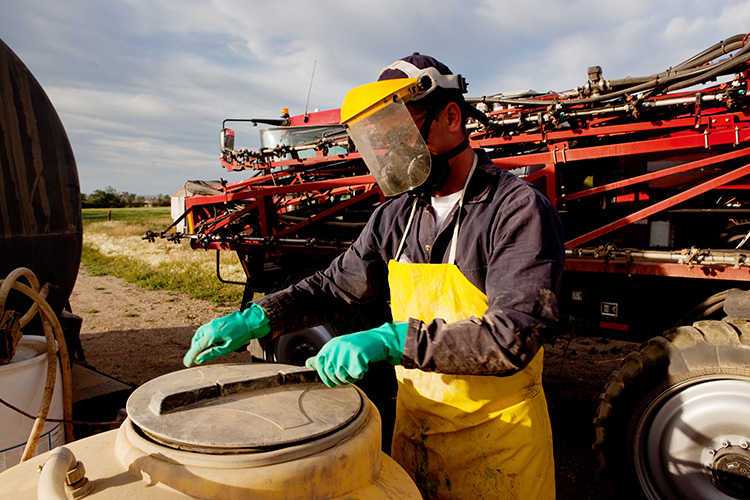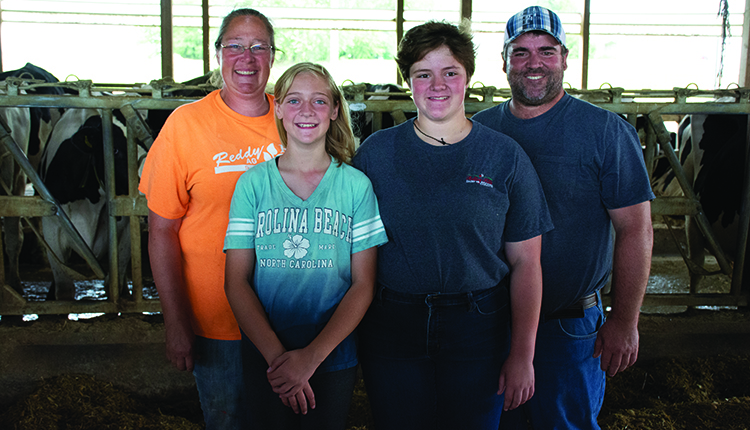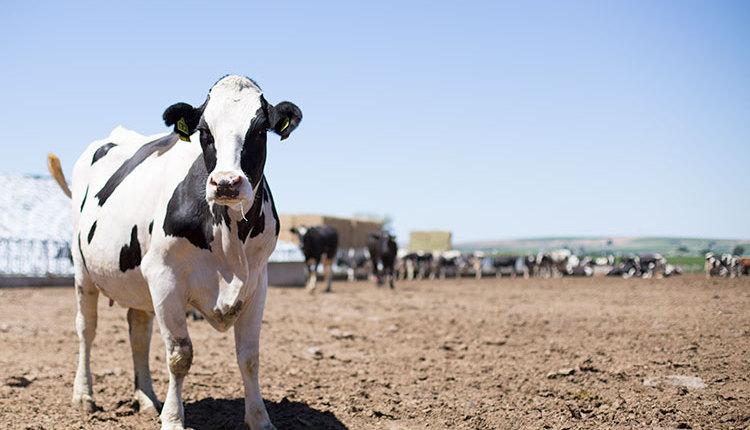
Some farmers say that their greatest assets on the operation are their equipment, land, and animals. While these are all necessary components, Emily Krekelberg, a farm safety and health educator with the University of Minnesota Extension, said that farmers’ most prized asset should be their people. Whether it is family, employees, or themselves, farmers must prioritize the safety of all those present on the farm.
At a forage field day hosted by the Midwest Forage Association, Krekelberg shared her history with farm safety. Growing up on a dairy, she always was familiar with the necessity of safe practices and was well aware of the devastating scenarios that can occur.
Nearly 50 years ago, her father lost his leg in a farm accident. Then, in 2016, her brother lost his arm in a farm-related tragedy. She stated that her father and brother’s accidents happened while they were doing routine tasks. “We all consider ourselves experts in farm safety, but farm safety is a lifelong journey,” Krekelberg said.
From the experiences she and her family endured, she knows firsthand that people must come first on the operation. She shared, “People are the labor on the farm and the decision makers on the farm.” Without all the workers, a farm could not run smoothly and effectively.
“I am often asked, ‘What is the biggest cause of farming accidents?’” Krekelberg said. “My answer is always the same. It’s people. Tractors, bulls, and PTOs can be involved, but it is most likely that a person is not behaving appropriately or safely.”
She stated that people are the farm’s most important asset yet biggest liability. Most accidents happen when people are doing their regular chores and automatically go through the motions without thinking about their actions.
Provide the right tools
Farmers are the safest when they are analyzing their work. To help farm employees stay aware of their actions, Krekelberg recommended that managers walk around their operation regularly to look for possible obstacles that could lead to an accident.
Basic measures can also be added to the farm to help prevent injuries. Precautions like hearing protection, safety vests, and eye wear can help keep those on the farm safe. “It’s a small investment for the safety of your farm,” she said. “You need to make sure that you are providing yourself and the people on the farm with the tools to be safe.”
Farm safety is not just for those directly on the farm. She noted that industry professionals are responsible for promoting safety. “Demonstrate safe practices. Show what you want people to do,” she commented. When visiting a farm, be an example of safety.
Krekelberg shared that when she visited one farm, she walked around a wagon hitch after a farmer stepped over it. She mentioned there was no reason to step over it when walking around only takes a couple more seconds. When returning to the farm, she noticed that the farmer then walked around the wagon hitch.
She stated that employees are people, meaning they come to work with their personal baggage and needs. She encouraged farmers to make the work environment comfortable enough that workers can stand up for their wants and bring up when they don’t feel confident performing a risky task.
Ultimately, accidents on the farm can be prevented when people are being conscientious of their actions and taking the extra step to stay safe. “It sounds simple, and it really is,” Krekelberg noted. “You don’t want to get that phone call that someone in your family, company, or on the farm has been injured.” For more information on farm safety, visit www.extension.umn.edu








